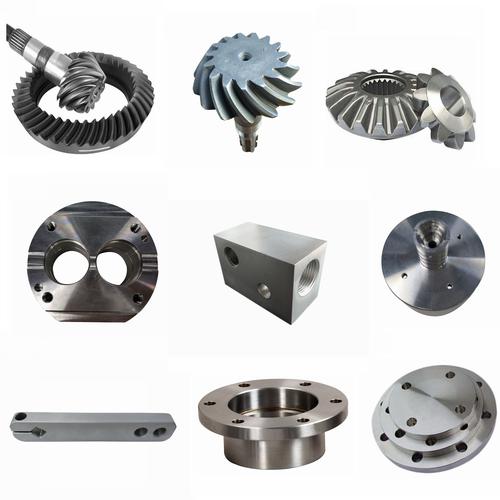Machining method and precision of outer circle surface
Shaft, sleeve and disc parts are typical cylindrical surface parts. The commonly used cylindrical surface machining methods include turning, grinding and various finishing methods. Turning is the most economical and effective machining method of outer circle surface, but in terms of its economic accuracy, it is generally suitable for rough and semi-finish machining of outer circle surface.
Grinding is the main finishing method of the outer surface, especially suitable for all kinds of high hardness hardening parts. Finishing is a kind of ultra-precision machining method after finishing, which is suitable for parts that require high precision and surface quality. Due to various processing methods can achieve economic processing accuracy, surface roughness, productivity and production costs are different, so we must choose a reasonable processing method according to the specific situation, so as to meet the requirements of parts drawings qualified parts.
Rotation of the outer surface
The processing method of the outer round surface of shaft parts is mainly turning. The main processing forms are: free forgings and large castings of the blank, processing allowance is large, in order to reduce the shape error and position deviation of the blank outer circle, so that the processing allowance of the subsequent process is uniform, in order to exclude the outer surface of the circular processing of oxide skin, the general single-side cutting allowance is 1-3mm. Medium and small forgings and casting blanks are generally roughed directly.
The blank car mainly cuts off most of the blank allowance. Under the condition of rigid process system, a larger cutting amount should be selected to improve the production efficiency. Semi-finishing is usually used as a final machining process for medium-precision surfaces, but is also used as a pre-machining for grinding and other machining processes.
Used for high precision blank, no coarse car, direct semi - finished car. The final process of finishing and pretreating the finished surface of the vehicle. The final machining process has high precision and good surface roughness. It is suitable for the outer surface machining of non-ferrous metal parts, but because non-ferrous metal is not suitable for grinding, it can be used instead of grinding. But the fine car requires high precision, good rigidity, smooth transmission, can track the feed, no crawling phenomenon. Turning using diamond or carbide tool, the main deflection Angle of the tool is large, the radius of the tool tip is less than 0.1-1.0mm.
The application of turning method
General turning is widely used in cylindrical processing of different batches of shaft parts. Small batch single pieces are often turned by horizontal lathe. Medium batch, batch production using automatic, semi-automatic lathes and special lathes to complete the turning processing.
CNC turning is suitable for single small batch and medium batch production. More and more widely used, its main advantages are good flexibility, replacement processing parts equipment adjustment and preparation time is short; By optimizing the cutting parameters and adaptive control, the machining efficiency is improved under the condition of short auxiliary time.













